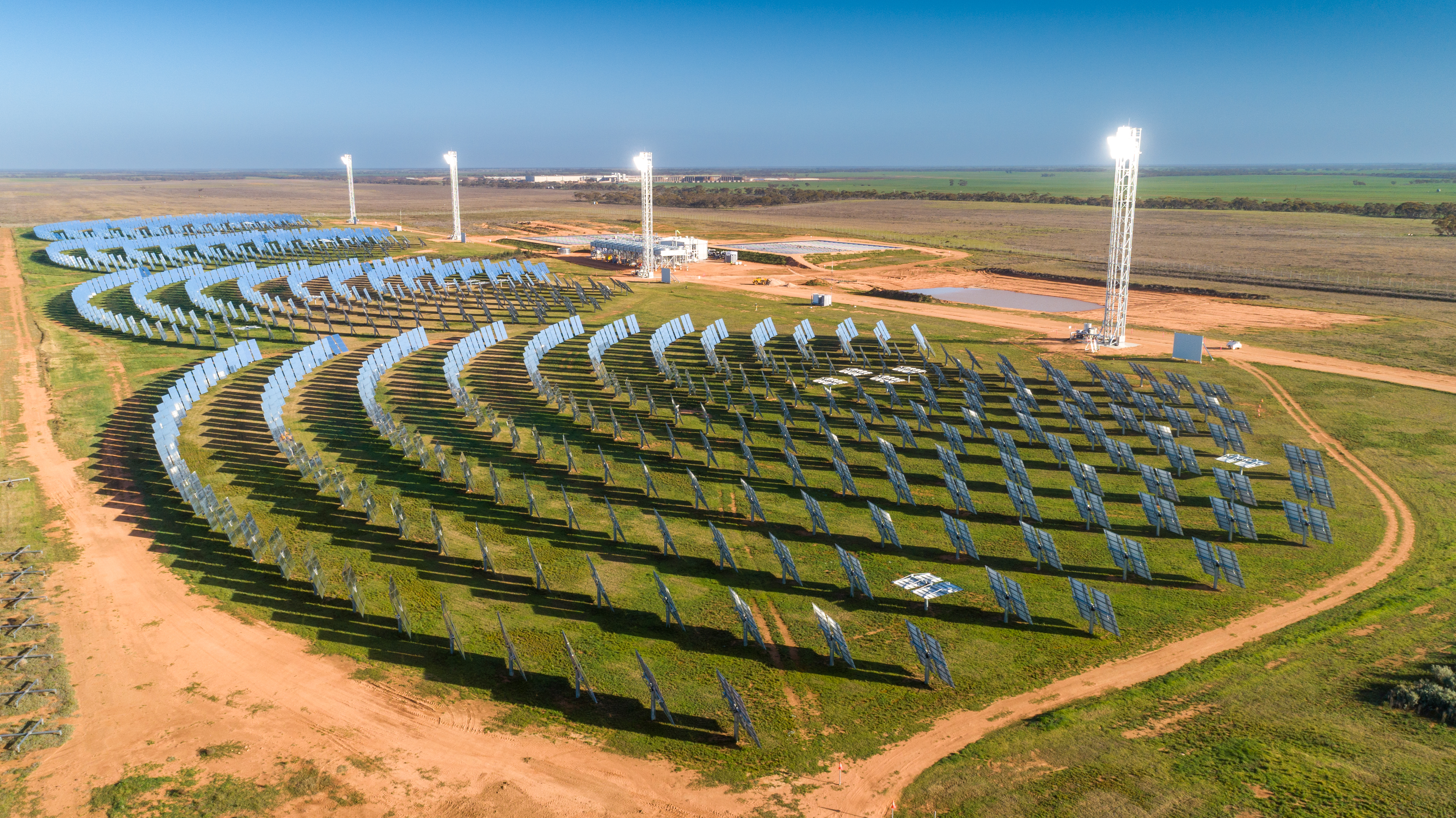According to the International Renewable Energy Agency (IRENA), by 2030 the world’s energy transition will require an estimated $35 trillion USD. To stay on track for global net zero emissions by 2050 under the Paris Agreement, annual investments must reach an average of $5.6 trillion USD from 2025 onward — far above current levels, which sit at just 37 per cent of what is needed.
With demand for green energy accelerating, experts agree that greater capital flows into technology solutions will be critical. Blended finance models — combining public and private investment — are increasingly seen as essential to closing the funding gap.
Australia, with its abundant natural resources and high-capacity solar and wind factors, is well-positioned to lead these trends.
Climate finance took centre stage at the Climate Investor Forum on March 20 at the MCG, where over 550 investors, entrepreneurs, and policymakers gathered to explore how to scale solutions that address climate risk. Co-hosted by Climate Zeitgeist, key partners including the City of Melbourne and the Victorian Government, the event underscored the urgency of blended investment models.
That momentum carried into the Australian Cleantech Showcase weeks later, drawing 500+ attendees and featuring 50 companies presenting cutting-edge technologies. Organised by Victorian Cleantech Showcase and supported by key climate organisations, the event spotlighted Victoria’s growing cleantech ecosystem across industry, government, and research.
The Showcase took place at Melbourne’s Fisherman’s Bend, Australia’s largest urban renewal area covering 485 hectares. Fisherman’s Bend is poised to leverage a long industrial and technology development history to become a hub for innovation, cleantech development and sustainability for the Victoria.
As an active investor in the Clean Economy space, Breakthrough Victoria has committed over $60 million to companies driving the clean energy transition, emissions reduction, and the circular economy. The recent climate-focused events have been a key opportunity to engage with the growing ecosystem. Breakthrough Victoria companies Electralith, Number 8 Bio, and Jupiter Ionics featured in sessions, with Kite Magnetics showcasing its technology.
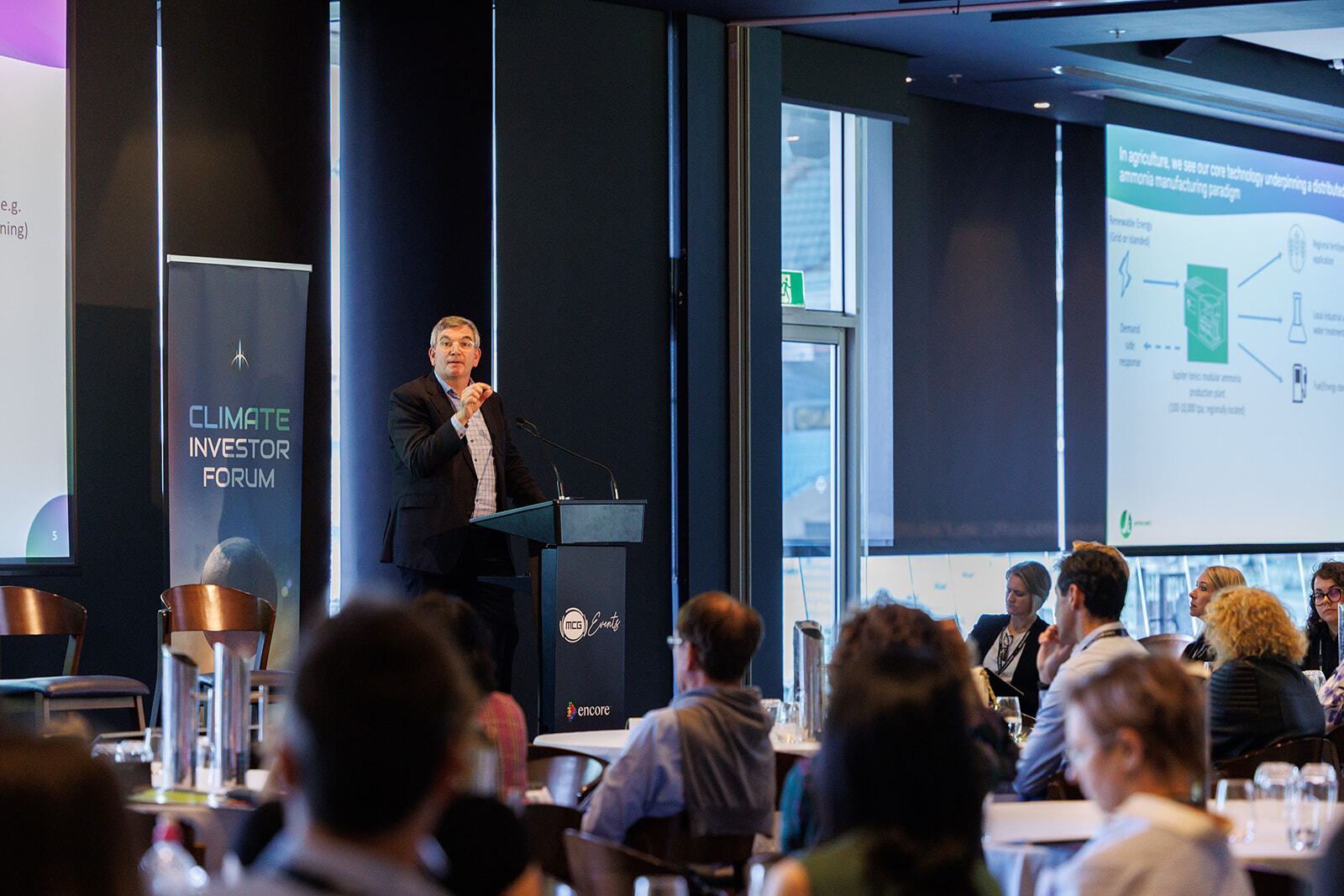
Jupiter Ionics CEO Charlie Day speaking at the Climate Investor Forum. Photo Credit Event Photos Australia Instagram: @eventphotosau
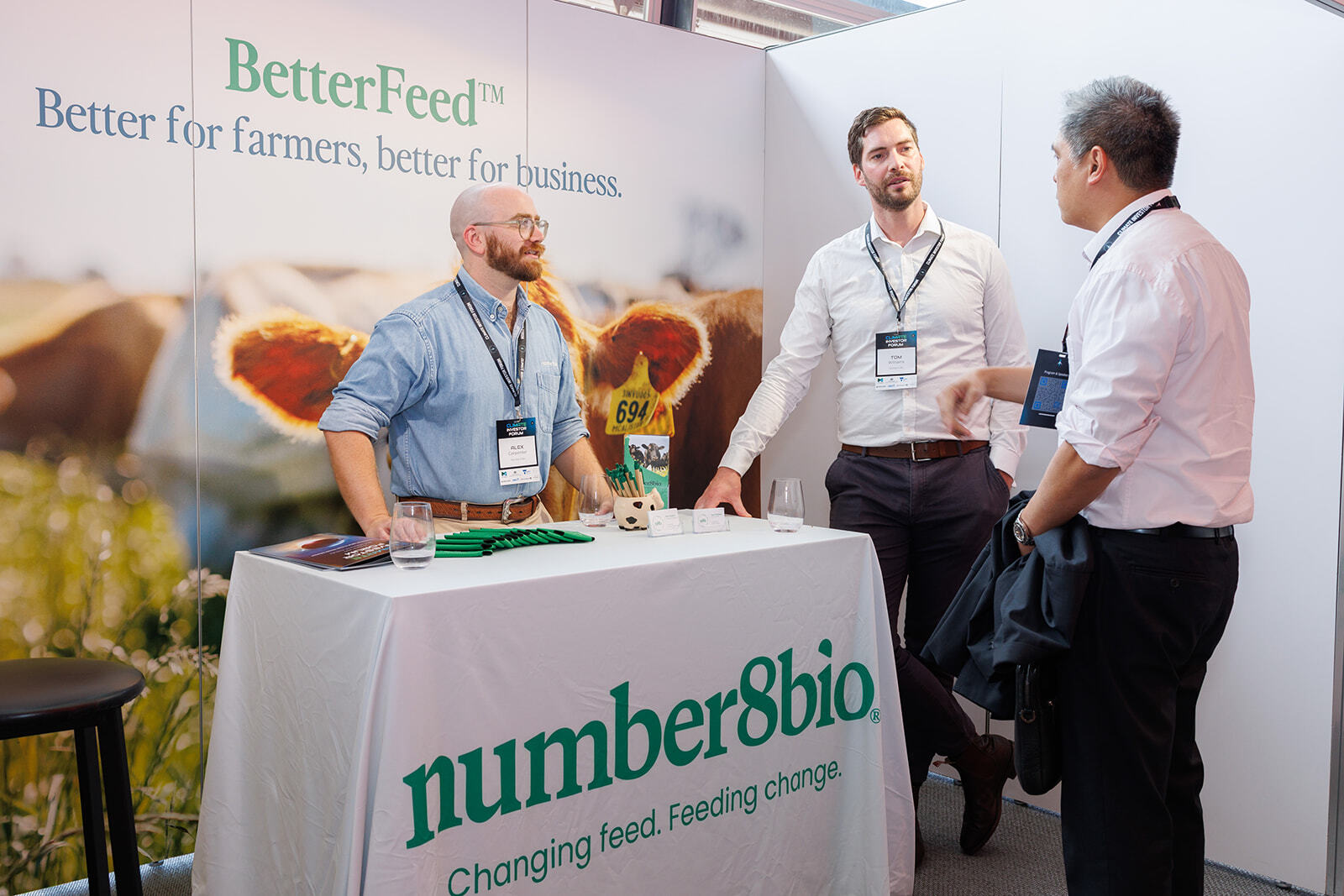
BV Portfolio company Number8Bio with their technology on display at the Climate Investor Forum. Photo Credit: Event Photos Australia Instagram: @eventphotosau
In this piece, we unpack the key highlights from the events and BV’s work in this area: from the global capital challenge ahead, emerging macrotrends and investment strategies, to Australia’s leadership potential, and the promising advances from climate tech startups helping to drive the energy transition.
The energy transition test: the need to focus on first principles
Despite a 7 per cent drop in investment in “emerging” renewable technologies in 2024, the sector continues to see investment growth reaching over $2tn USD globally in 2024. Of this, $1.929 billion USD – a 15per cent increase compared to 2023 – was across power grids, electrified transport, energy storage and renewable energy.
The energy transition is accelerating, led by China, which is investing more than twice as much as any other economy in 2024. Falling costs in wind, solar, and battery storage are boosting investor confidence, with battery storage alone requiring an estimated $193 billion annually through 2030 to meet climate targets. This set the stage for Kobad Bhavnagri, Global Head of Strategy at BloombergNEF, as he opened the plenary on global climate investment trends, presenting some of the firm’s latest research findings at the Climate Investor Forum.
This investment drop in “emerging” technologies – clean industry, electrified heat, clean shipping, carbon capture and storage and nuclear, as classified in the BloombergNEF research - presents opportunities for investors with dry-powder, in particular in the Asia-Pacific region.
Venture capital plays a vital role in bridging the financing gap between early-stage tech and commercial scale-up—particularly in helping start-ups de-risk and build their first-of-a-kind (FOAK) plants. As Aubrey Keller from Temasek noted, Series B funding remains a key gap in the ecosystem. This is where investors like Breakthrough Victoria can make a difference, offering patient capital across critical growth stages.
Blended finance and joining forces in Victoria
A shared thread across the Forum was the need for increased collaboration, bringing together private and public capital to achieve a return-on-investment that is adequate to the respective parties. This involves supporting companies and making them “bankable” through a combination of debt, catalytic capital and equity unlocked at the different stages of the capital stack.
BV’s CEO, Rod Bristow highlighted the importance of having “well defined strategic asset allocation across multi-sector and multi-stage investing to define clear objectives and goals. This enables funds such as Breakthrough Victoria to take early investment risk and support crowding in the capital required for the energy transition” as part of his contribution in the “Blended Finance Plenary”, which focused on new ways of mobilising private capital to fund the transition to a net zero economy.
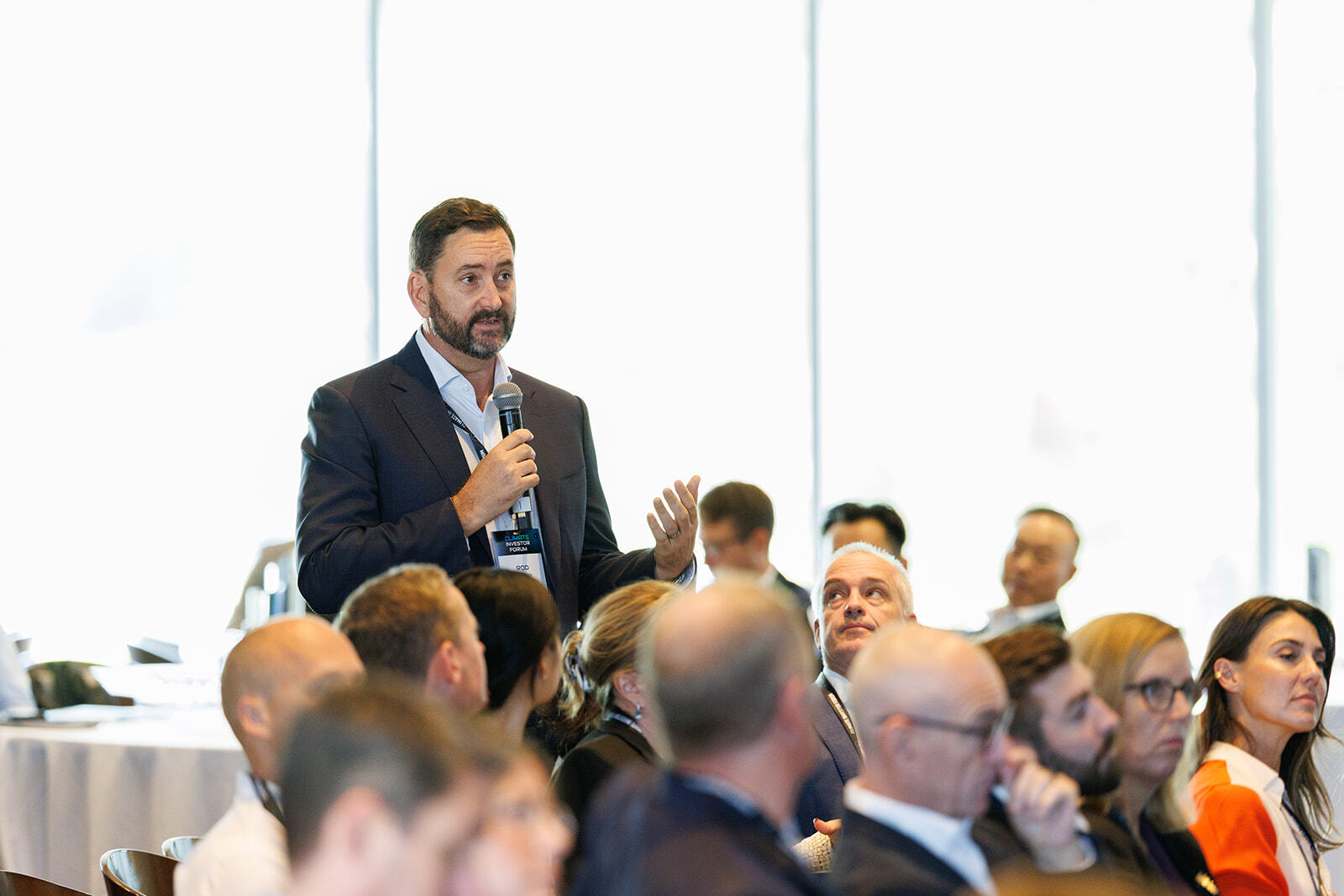
BV CEO Rod Bristow speaking at the “Blended Finance Plenary - Innovative ways to mobilise private capital required to supercharge funding the transition to a net zero economy.” Photo Credit Event Photos Australia Instagram: @eventphotosau
Ably moderated by Kristy Graham, CEO of the Australian Sustainable Finance Institute (ASFI), and joined by Alan Schwartz AO (MD, Trawalla Group), Christina Tonkin, (Managing Director, Corporate Finance, ANZ); Ian Learmonth (CEO, Clean Energy Finance Corporation), the panel discussed the importance of differentiating between the traditional “capital stack” (equity, mezzanine debt, debt) where there are no concessions, and what is known as “blended capital”: which includes concessional capital (loans) and philanthropy.
To effectively align capital with different objectives, clear and consistent definitions are essential. The Australian Government and Australian Sustainable Finance Institute (ASFI) is actively developing a sustainable finance taxonomy to support this goal.
In addition to the main Climate Investor Forum, a Thursday side event focused on Investing in Victoria offered valuable insights into the state’s investment landscape. Attendees received an overview of key government services and touchpoints, and had the opportunity to network with senior officials from various Victorian government agencies. Andrew Wilkie (Senior Director, Growth Capital at BV) spoke about BV’s complementary mandate and its value for the ecosystem, highlighting BV’s investments in Amber, Bygen and RayGen, amongst others, as helping to catalyse funding for clean-tech Victorian companies that are exporting their innovative technology globally.
Andrew was joined by Angela Yao (Director, Financial Projects and Risk, Invest Victoria), Brad Ostermeyer (Executive Director, Investment & Engagement, Invest Victoria), Mark Rodrigues (Executive Director, Climate Action and Circular Economy, Department of Energy, Environment and Climate Action (DEECA)) and Dr Xavier Csar – (CEO, Regional Development Victoria).
At the Australian Cleantech Showcase just weeks later, the conversation continued. In his opening address, Simon Molesworth reflected on the history of innovation in Australia and the parallels facing today’s cleantech sector. He urged stronger advocacy for science-based innovation, calling for strategies to overcome fear and ignorance, engage new audiences, and build lasting credibility. The day also enabled selected start-ups to Pitch for the Planet, and reflect on what it takes to build Cleantech for Clean Economy and a Circular Economy, closing with a focus on the Next Decade of Action.
In this last panel, Eva Rodriguez Rodriguez, Director of Impact at BV, joined Peter Castellas (Climate Zeitgeist, CEO), Abe Sharman (Sustainative, Sustainability Coordinator), Tejesh Kashyap (Beyond Zero Emissions, Policy and Research Officer) to discuss to the next decade. Moderated by Nigel Murphy (Earth Systems, Director) this was an inspirational session that uncovered that, in fact, we have all the right building blocks in place.
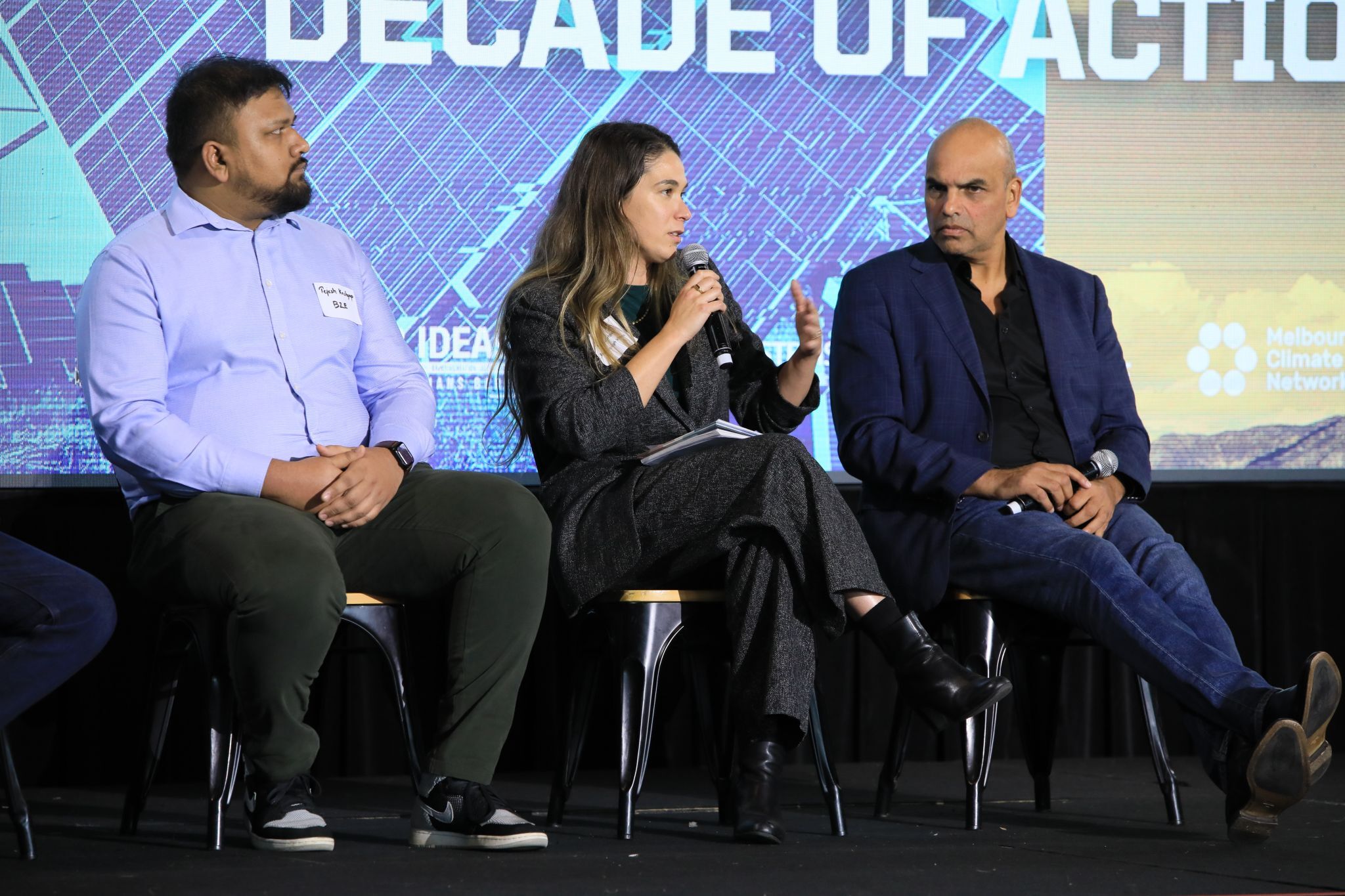
Eva Rodriguez Rodriguez speaking at the Australian Cleantech Showcase. Photo Credit: Victorian CleanTech Cluster
The outcome? A need to reinforce inclusive partnerships and collaboration, the opportunity to leverage indigenous regenerative sustainability models – combining indigenous wisdom, science, and technology; and the opportunity to work with innovators and start-ups inside and outside cleantech from the start: those developing the products for that future, where true impact happens in 7 to 10 years for now.
Read more about Breakthrough Victoria’s investment activity in clean economy here
About the Authors:
Eva Rodriguez Rodriguez is Director of Impact at Breakthrough Victoria.
Andrew Wilkie is Senior Director Growth Capital at Breakthrough Victoria
